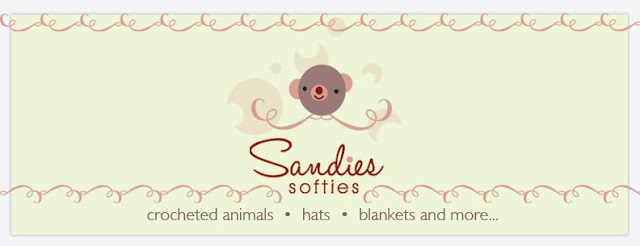In my creative writing classes we had to keep an observation journal to help train our brain to notice details and practice pinning down ethereal, visceral THINGS onto paper, recreating them in a medium which could be handed off to a random, literate, passerby (passerby-er?) and in their hands conjure up images similar to what we had seen. I am still dubious as to how effective even the best author-artist can be in this regard, since everyone brings their own back-story to any piece of writing and invariably filters new words and images through previous sounds, smells, tastes, and touches.
But regardless of the effect a description creates, it is still an incredible exercise to fashion a one-dimensional, monotone script of any 3-dimensional object, or multi-dimensional moment, complete with an infinite array of sense and emotions that cacophonously arrived at that point through a fractal-like series of decision and circumstances.
Try, for example, to describe a sunset as it actually looks and feels, while avoiding the pitfalls of overused, underrepresented clichés. Try writing “the sky was awash with brilliant hues of pinks and blues, decorated here and there with pillowy towers of cotton clouds. The red earth smelled fragrant from the cathartic days’ worth of rain and the air felt clean, ready to start fresh tomorrow.” Try writing that in a way that describes the scene purely, rather than uses faux-scenery to advance a plot or set a mood. Let the actual picture set the mood. If words can truly paint a picture, then plot is just a sideline to the story.
But it has to be written in the moment if it has any hope of presenting itself as genuine. I missed that moment last night, so I’ll try, like a photographer waiting for the right combination of light and shadow, to capture it the next time it encounters me.



No comments:
Post a Comment